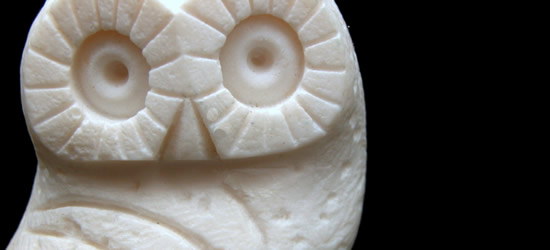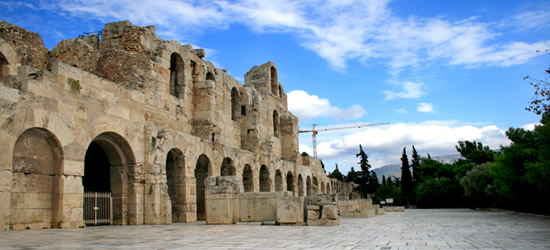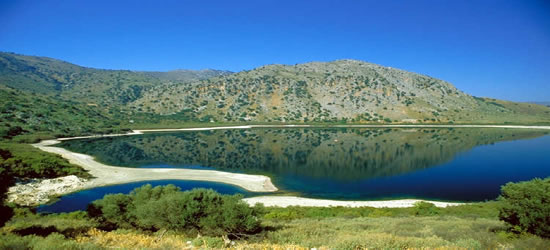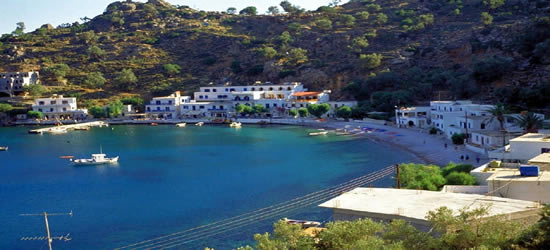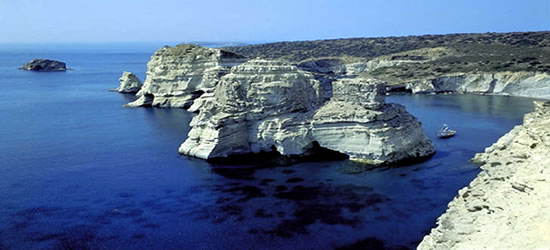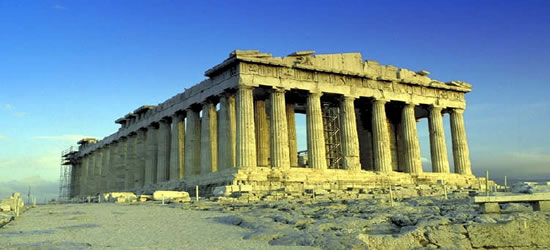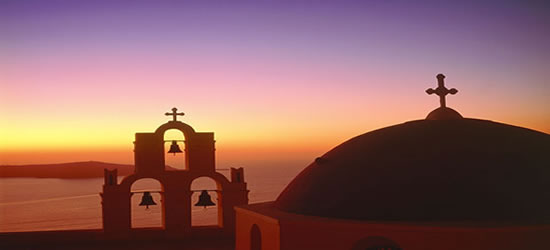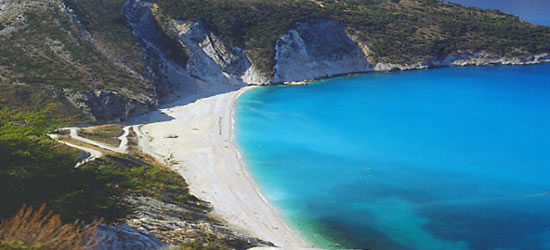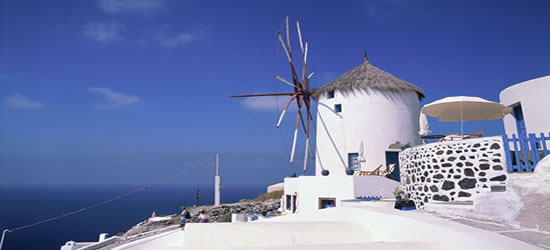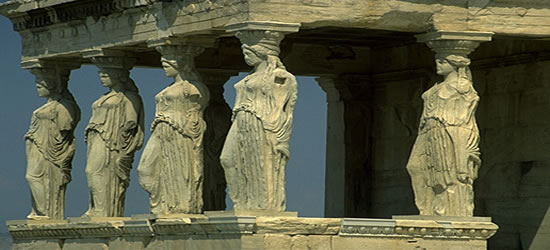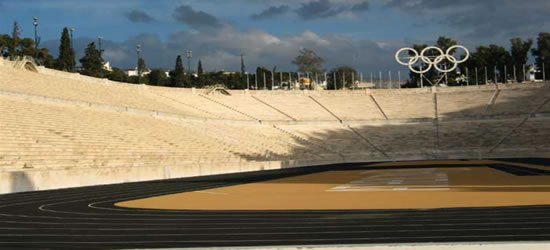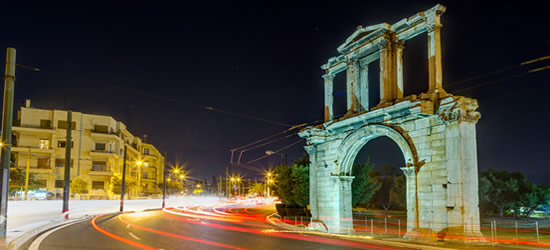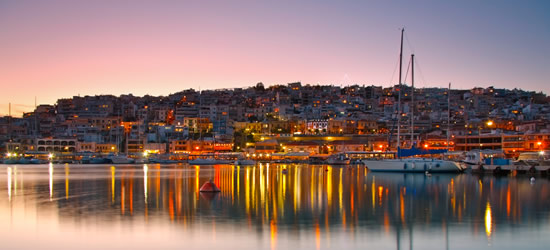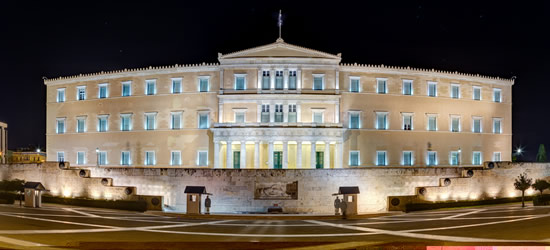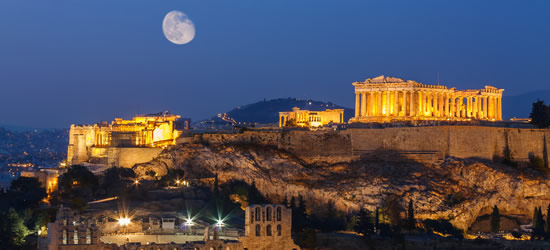The Aegean Sea takes its name from Aegeus, the father of Theseus, who threw himself into the sea, when he believed his son was killed at Crete
Theseus had gone to Crete as part of the annual tribute of young Athenian men and women to the Minotaur, but with the help of Ariadne, slew the monster and escaped. Ariadne was unceremoniously dumped on Naxos and perhaps the Gods clouded their memories after these foul deeds, because he forgot the pre-arranged signal to his father to tell him that all was well. If a ship carried a black sail, Aegeus would know that his son had perished; a white sail would mean he was alive. Aegeus seeing the black sail on the approaching ship, was overcome with grief and leapt to his death.
The Aegean geographically divides Europe from Asia, although the Islands in the Sea form a bridge between the two continents. Between the islands, without compass or sextant, the merchants of ancient times could cross the Aegean and be out of sight of land for only a few hours. Almost as important as the island bridge across the sea were the regular summer winds from the north.
These winds, now called by the Turkish name, the Meltemi, were then called the Etesian Winds from the Greek word Etos, a year, because they blow regularly every year. Traders could sail across the Aegean with this wind and return in the spring or autumn when the northerlies are light and southerlies sometimes blow. The winter winds can be fierce and some ancient states forbade traders to cross the sea in the winter months.






